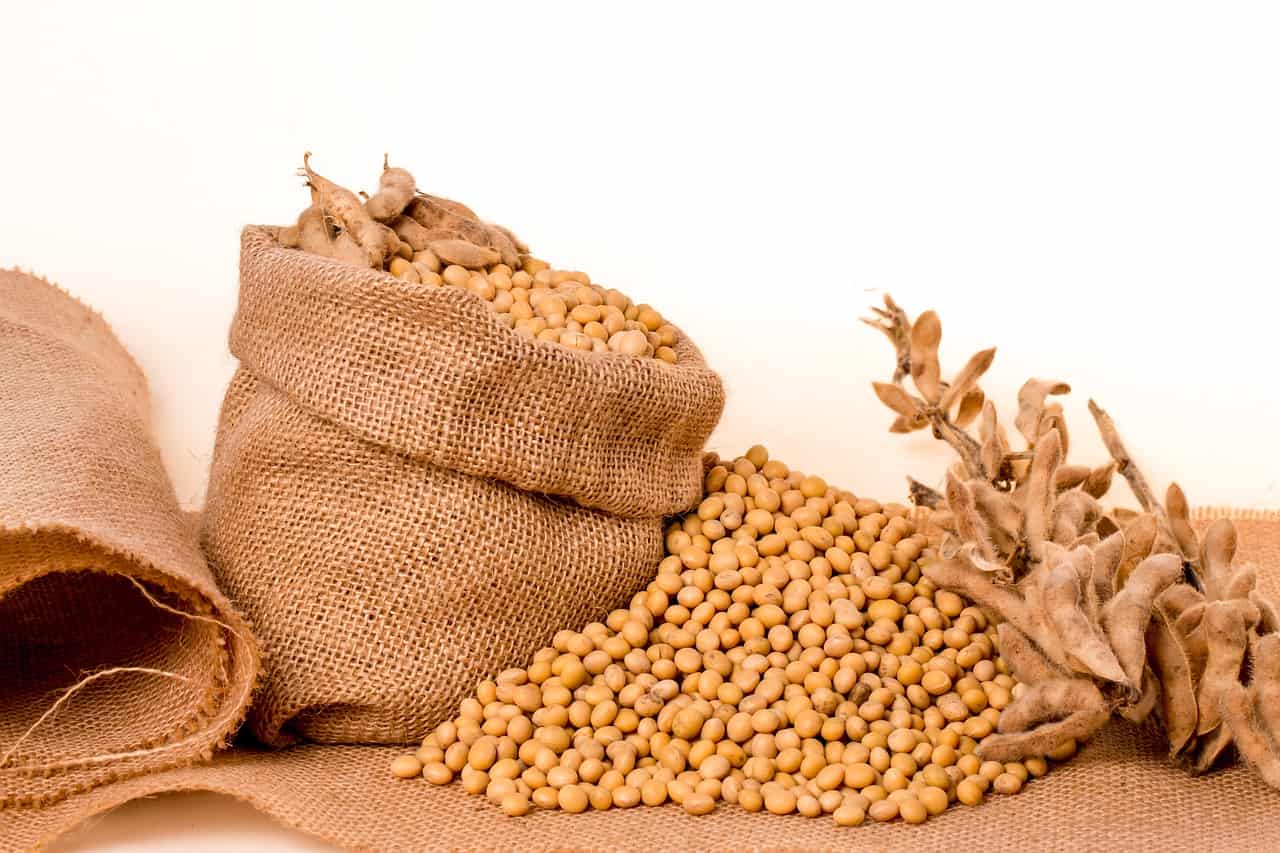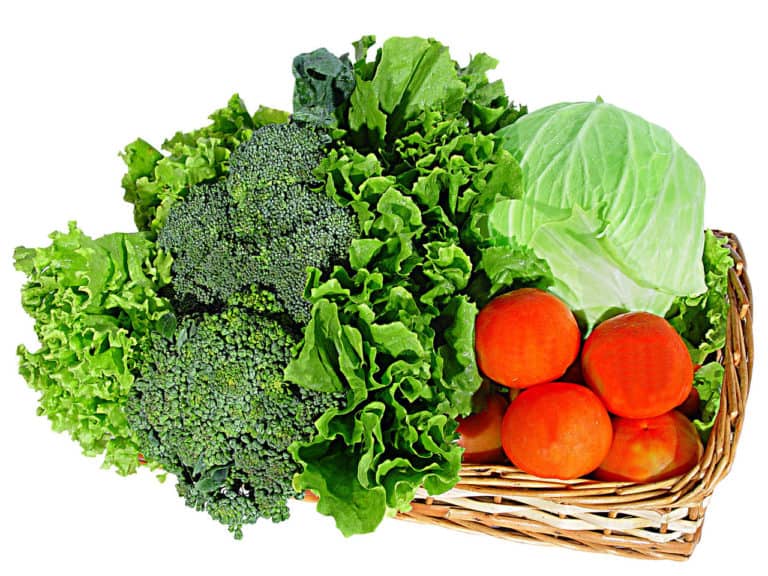One of the most controversial foods on the market is soy. Scientists have been arguing for years about the health impact of soybeans, which is found in various forms in an increasingly growing number of food products, ranging from obvious selections such as soy beverages, tofu, and soy dogs to seemingly unrelated products, including many packaged and frozen foods, condiments, breakfast cereals, energy bars, snacks, crackers, baby foods, cookies, ice cream, and baked goods. Among the controversies surrounding soybeans is the question, is soy good for men and their health?
Based on the ongoing investigations into soybeans and health by independent researchers, the soybean industry, and various institutions, the answer appears to be yes and no. The best way to answer the question, is soy good for men, is to start by understanding what soybeans are, their history, characteristics, uses, and how they have been integrated into our food supply. The answers will become apparent as we move along.
What is soy?
Soybeans (Glycine max) are legumes that have been around since as early as 9000 BCE. From their origins in East Asia they were eventually introduced to Europe and North America in the 17th and 18th centuries.
From a business standpoint, soybeans are a bonanza. The more than 350 million metric tons of soybeans produced globally in 2016-2017 went on to be used not only as part of the traditional diet in many Asian countries, but for other uses as well. Most of the soybeans (about 117 million metric tons) produced in the United States are used for livestock feed as a high-protein source, while the rest is used to make soybean oil, as an additive in thousands of food products, to make soy-based foods and supplements, and as an ingredient in paints, plastics, pharmaceuticals, and biofuels.
Soybeans are a seeming contradiction
On one hand, soybeans are very high in protein, which makes them attractive as a protein source. However, the legumes also contain high levels of anti-nutrients (e.g., phytates, tannins, trypsin inhibitors), which interfere with digestion and absorption of protein, minerals, and vitamins.
More specifically:
- Phytates can bind to certain minerals (e.g., calcium, iron, manganese, zinc) and slow their absorption
- Tannins, in large amounts, have been associated with liver damage, nausea, stomach irritation, and vomiting
- Trypsin inhibitors prevent the activity of enzymes called trypsin and chymotrypsin in the gut, which in turn prevents digestion of proteins
One answer to this dilemma is to process the beans, which can significantly reduce the amount of anti-nutrients and their health impacts. For example, soaking soybeans for 12 or 14 hours before they are consumed or processed reduces tannin levels by 50 percent, but it does not have an effect on phytates or trypsin inhibitors. To have an impact on these latter anti-nutrient levels, baking soda is added to the water. Soaking is important because it removes the husk, which then makes it easier to process the legumes.
The most significant impact on ant-nutrient levels, however, is by roasting and/or boiling soybeans.
The combination of soaking and boiling virtually eliminates tannins and lowers trypsin inhibitors by more than 80 percent, although phytate levels are not affected. When soymilk is made, boiling the liquid for 10 minutes or longer reduces trypsin inhibitors by nearly 100 percent. Boiled soybeans that are ground and roasted (to produce soy flour and protein powders) are stripped of about 98 percent of trypsin inhibitors, 78 percent of phytates, and 75 percent of tannins.
When soybeans are fermented to make tempeh, natto, and several other soy products, it reduces phytate levels by about 30 percent. The combination of raw or boiled soy milk with coagulants to make tofu lowers trypsin inhibitors levels by about 50 percent.
Isoflavones in soy
Some of the controversy surrounding soy in men is the presence of isoflavones. These substances are phytoestrogens, which means they are structurally similar to estradiol, the primary estrogen found in men. Isoflavones have an estrogenic effect in the body and thus could impact hormone-driven disease, such as prostate and breast cancer. At the same time, isoflavones are believed to be behind some of the health effects of soy.
The two main soy isoflavones are daidzein and genistein. Another factor to consider is equol, which is metabolized from daidzein by the bacteria in the intestinal tract. Some researchers have suggested that the health benefits of soy depend on how much equol your body produces, which in turn depends on the composition of the bacteria in your gut. This is one good reason to make sure you maintain a healthy intestinal environment by using probiotics and eating fermented foods regularly.
In the United States, the average intake of isoflavones is less than 1 mg, while people in China and Japan typically eat 25 to 50 mg daily.
If you eat soybeans and/or soy-based foods, you can learn about the isoflavone levels found in some typical foods here. It’s important to know that the isoflavone levels of soy foods can vary greatly depending on where the legumes were grown, how they were stored, and processing methods. Therefore, the ranges you see on the chart are merely guidelines unless the product you buy states the isoflavone content.
Soy foods
Soy foods fall into three basic categories: fermented, nonfermented, and second-generation products. Fermented soy foods include fermented soy milk, fermented tofu, miso, natto, soy sauce, and tempeh. Nonfermented items include edamame, soy milk, soy nuts, sprouts, and tofu. The second generation of soy products include tofu dogs and burgers, soy yogurt, soy cheese, soy-based deli meats, and a wide variety of soy protein powders.
Here’s a brief rundown of some of the more common soy foods.
Soy milk: This is a water extract of whole soybeans. Manufacturers use soy milk as the base for soy yogurt, soy cheeses, and tofu. Modern processing methods include soaking the beans, grounding them into a surry, boiling and straining them, and then processing them further to eliminate any beany taste and boost the protein content.
Tofu. Soy milk is the basis of tofu, which is produced in several different types of firmness. Overall it is produced by coagulating the milk with acids and salts, straining out the liquid, and then pressing the soy curds into firm tofu or using a slightly different process to produce silken tofu. Because silken tofu is produced differently than the firm variety, it contains more anti-nutrients.
Fermented soy foods. The four most common fermented soy foods are miso, natto, soy sauce, and tempeh. Infrequently you can find fermented tofu and fermented soy milk. All of these foods are produced using a three-step approach: boiling the soybeans, fermentation, and refining the product. In the cases of natto and tempeh, the boiled soybeans are combined with Bacillus subtilis or Rhizopus oligosporus, respectively, for the fermentation process. Both miso and soy sauce are produced by adding the fungus Aspergillus oryzae to the boiled legumes. This results in a product called koji, which is then mixed with lactic acid so it can ferment for weeks to months. The resulting paste is eventually turned into miso while the liquids pressed from the miso is pasteurized into soy sauce.
Soy protein powders. The production of soy protein powders is high technical. First raw soybeans are ground into coarse white flakes. This also involves separating the soy oil from the beans using highly heated hexane vapors. The flakes are used to make soy flour, protein isolates, or protein concentrates.
Soy protein isolates are made by mixing the flakes with alkalized water or alcohol, introducing heat, and centrifuging the mixture to concentrate the protein, and then spray drying the protein into a powder. Soy protein concentrate is usually made using an alcohol wash, which significantly reduces isoflavones in the final product.
Now that you have a general understanding of soy, soybeans, and how soy food products are produced, you are ready to explore the question, is soy good for men? Check out part II of this article for more information.
References
Adeyemo Sm, Onilude AA. Enzymatic reduction of anti-nutritional factors in fermenting soybeans by Lactobacillus plantarum isolates from fermenting cereals. Nigerian Food Journal 2013; 31(2): 84-90
Birru RL et al. The impact of equol-producing status in modifying the effect of soya isoflavones on risk factors for CHD: a systematic review of randomized controlled trials. Journal of Nutritional Sciences 2016 Jul 19; 5:e30
Egounlety M, Aworh OC. Effect of soaking, dehulling, cooking and fermentation with Rhizopus oligosporus on the oligosaccharides, trypsin inhibitor, phytic acid and tannins of soybean (Glycine max Merr), cowpea (Vigna unguiculta L. Walp) and groundbean (Macrotyloma geocarpa Harms). Journal of Food Engineering 2003 Feb; 56(2-3): 249-54
Liener IE. Implications of antinutritional components in soybean foods. Critical Reviews in Food Science and Nutrition 1994; 34(1):31-67
Miyagi Y et al. Trypsin inhibitor activity in commercial soybean products in Japan. Journal of Nutritional Science and Vitaminology (Tokyo) 1997 Oct; 43(5): 575-80
Setchell KD, Cole SJ. Variations in isoflavone levels in soy foods and soy protein isolates and issues related to isoflavone databases and food labeling. Journal of Agriculture and Food Chemistry 2003 Jul 2; 51(14): 4146-55
Shor D et al. Does equol production determine soy endocrine effects? European Journal of Nutrition 2012 Jun; 51(4): 389-98
USDA. Historical track record—crop production.
Zaheer K, Humayoun AM. An updated review of dietary isoflavones: nutrition, processing, bioavailability and impacts on human health. Critical Reviews in Food Science and Nutrition 2017 Apr 13; 57(6): 1280-93







